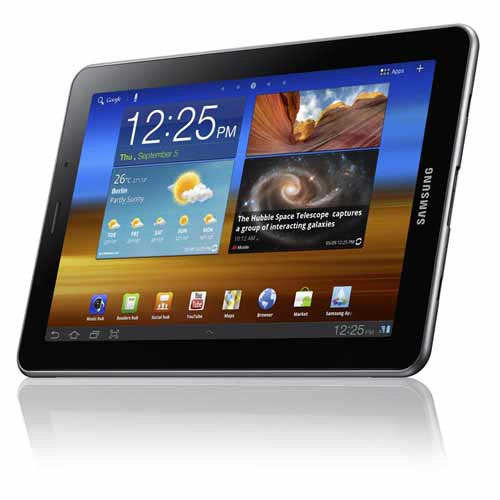Back in January 2011, fresh on the news about the fast paced growth trajectory of Android on smartphones – almost everyone – tech analysts, industry experts and even Android vendors assumed that by the end of 2011, Android would be the dominant platform in the nascent tablets space. This, at a time when Apple just had a super 2010 – with them managing to sell cool 15 million iPads didn’t look improbable at all. There were many things that were going in favor of Android powered tablets which back then were just on the verge of being launched – the first of the lot being the Motorola Xoom

However, as we now look back at 2011, it is clear that apart from *some* competition shown by Amazon with its Kindle Fire at the end of 2011, none of the other Android powered tablets running Honeycomb could pose a serious challenge to the iPad.
Apple on its part went ahead unassumingly with the launch of the iPad 2 which again went on to sell in record numbers. This at around the same time when the likes of Samsung, Motorola Sony and HTC were finding it hard to move their “better endowed”, faster tablets – off shelves added insult to injury to almost everyone involved with the Honeycomb project. Of course, apart from all these who can forget the famous legal tussle between Apple and Samsung with the former alleging that Samsung blatantly copied the design if the iPad 2? That however is a different story altogether.
Jason Hiner of Tech Republic has posted a very informative piece on what he thinks are the reasons behind the failure of Android Honeycomb powered tablets to compete – much less, challenge the Apple iPad.
He asserts four main reasons that his thinking went against Android in its battle to achieve tablet superstardom. These include its 16:9 screen form factor which initially many thought was better than the 4:3 form-factor on the iPad. This however was not to be. Then there is the price factor. While the iPad is not a cheap device at $499, it was a throwaway price compared to the Motorola Xoom which at its launch hovered somewhere near the $800 mark. An $800 browsing device just didn’t make sense to most users. While subsequently, Android tablet prices did drop, the overall package offered by Apple still looked attractive.
Another issue was the lack of trust shown by Enterprises towards the Android platform. While initially, almost everyone on the Android boat were gung-ho about its Enterprise prospects, by mid-2011, thanks to ever increasing number of Android Malware reports, most enterprises shied away from adopting Android powered tablets to their arsenal. The result? Over 96% of corporate tablet activations in the enterprise sector involved iPads.
Lastly, perhaps the most important thing that went against Android Honeycomb was the lack of tablet specific apps. It seems the platform was ignored even by Google itself with the company having not released tablet specific versions of their native apps – including that of Google+ or Picnik. Most of their apps looks like stretched-out versions of their Android smartphone app counterparts.
With Google readying Android 4.0 for tablets, almost the entire mobile tech Industry seems to have their eyes transfixed a little more further in to the horizon. We are talking about the “super tablet” that Google’s Eric Schmidt said was coming by mid-2012. Will this one fix the flaws that caused Honeycomb powered devices to underwhelm? Well, we might have to wait till the end of 2012 to find that out.





